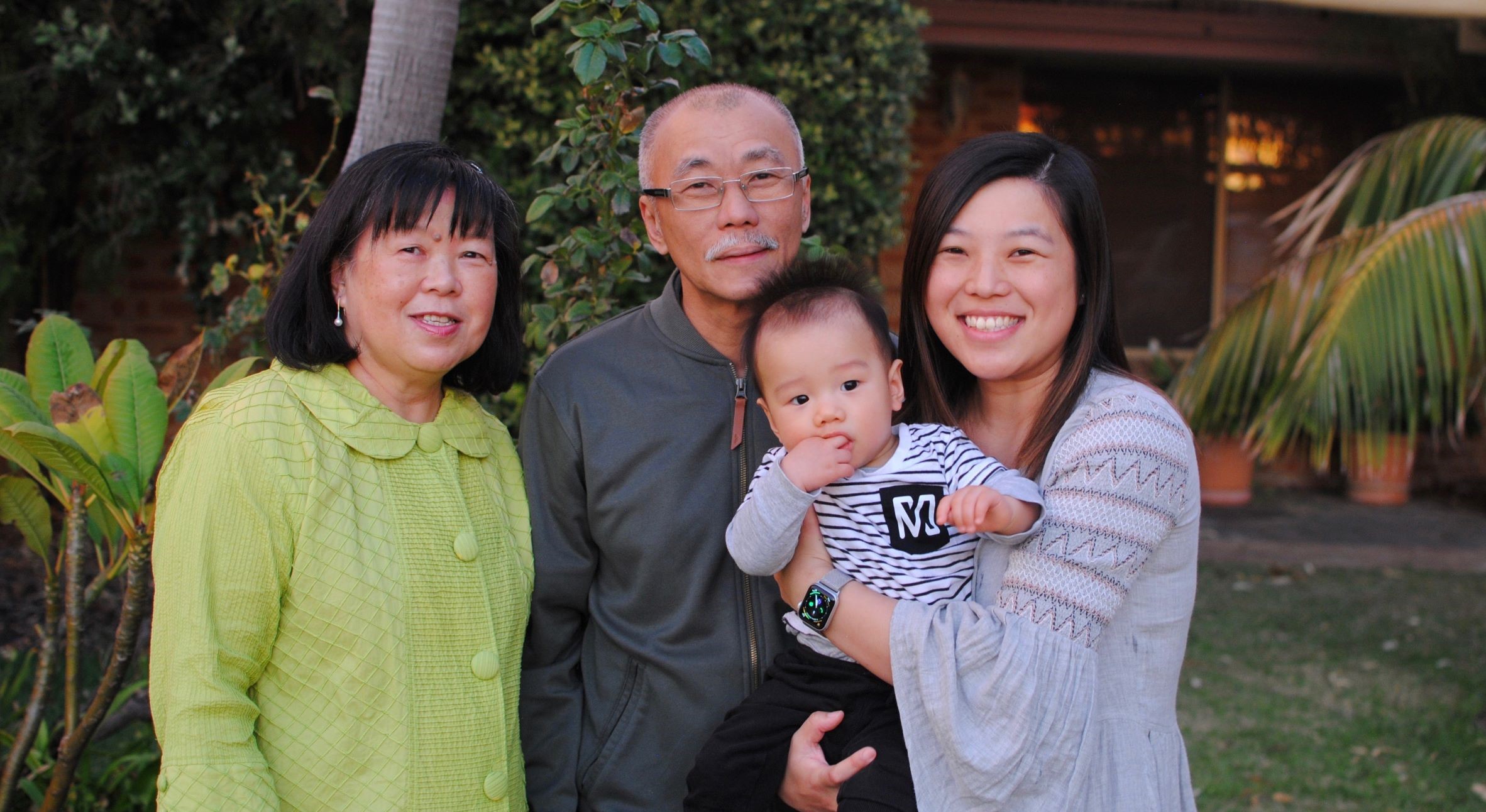Ditza said being part of the Raine Study for so long had provided an opportunity for her to reflect upon her own health.
“The eye testing was a bit of a wake-up call for me,” she said. “The photos taken of my eyes showed some sun damage – something I would never have thought possible at such a young age. It made me more conscious about wearing sunglasses with UV protection to better protect my eyes. These tests done during the Raine Study visits certainly made me take responsibility for my own health.”
Ditza’s involvement in the study also sparked a strong interest in health and research – playing a large part in her decision to become a medical doctor.
“For all those years, my data was helping contribute to new discoveries on health and disease, and today as a doctor, I now base my clinical decisions on this kind of evidence-based research,” she said. “It’s fascinating to me being on the other side and seeing the Raine Study data being published, translated and influencing policy and practice.”
Telethon Kids’ Professor Graham Hall has been involved with the Raine Study for many years, leading lung function follow-up tests when the participants were 22 years of age. The measures taken then built upon previous lung function testing done at age five and 14.
“We’ve been really interested in looking at what factors are associated with kids whose asthma persists into adulthood,” Professor Hall said. “Because the Raine Study has collected so much information over the years, we can start to tease out what those factors might be and look at why some kids will grow out of their childhood asthma, but also why others don’t.
“Because of Raine data, we continue to understand more about the underlying immunology of asthma and allergies.”
Professor Graham Hall said a key feature of the way the study does research has been its inclusion of participants’ voices through a community advisory committee.
“The participants ask phenomenal questions of the researchers, which really helps in guiding the direction of the research,” he said. “They’ve been providing input for many years – since they were adolescents – and their involvement has been invaluable.”
Ditza is one of the participants who sits on the community advisory committee.
“This allows me and other Raine Study participants to play a key role in assisting research teams by providing our input from the participant’s perspective – what we think will work, or won’t work, and how to engage with participants who are busy with work and family life,” she said.
Above images: Members of the T Team throughout the mid-2000s
The community’s voice first became a feature of the Raine Study in 2005, when participants and their parents were invited to a forum to discuss their involvement. Teenagers at the time, the participants had reached an age where they needed to provide their own consent to continue being part of the study, so including their views was recognised as vital. The result was the establishment of the ‘T Team’ – a group of eight participants who would meet regularly to discuss current and future follow-ups.
Other activities have included linking researchers and participants with similar topics community forums, embedding the multi-generational participants, parents (Gen1) and young adults (Gen2) in all aspects of the study’s management structure, and training for the people involved on how they could contribute effectively.
Professor Hall said that as one of the world’s first and oldest cohort studies, the Raine Study continues to be uniquely positioned to give insights into health and disease across the life course.
“We know that a lot adult disease has its origins in early life – things like mental health, heart disease, respiratory conditions and other non-communicable disease,” Professor Hall said. “The Raine Study participants are now approaching their thirties, a time in life when some of these diseases start to become evident, and with all the detail amassed over the past three decades, researchers can start to see what factors might be associated with both protection and risk.”
Professor Hall said that with its cache of information from before birth and right through to adulthood, the Raine Study dataset continues to be an increasingly rich source for local, national and international research.
“Add to that the multi-generational information the study brings, with the inclusion of the parents, grandparents and kids of the Raine Study participants, and that data becomes even more powerful,” he said.
Ditza is now a mum herself and looks forward to her son, Jeremiah, becoming involved as part of the next generation of Raine Study kids.
What is the Raine Study?
Along with the extensive data collected during pregnancy, the Raine Study children were assessed at birth and then every couple of years, with assessments continuing today as the participants – now adults – approach their 30s. Over the years, the study has looked at physical health, mental health, diet and exercise, back pain, eyes, sleep, respiratory health, cardiovascular health, reproductive health, language development, allergies, stress, liver health, and almost everything in-between.
Health measurements taken over the years include height, weight, blood pressure, lung function, skin prick tests, hearing tests, liver ultrasounds, breast density, DXA scan, fibroscan, MRI scans, ECG, and more.
The study has collected thousands of biological samples including cord blood, saliva, blood, poo, wee – even the kids’ first baby teeth. Every sample has been safely and securely stored for future research and analysis.
